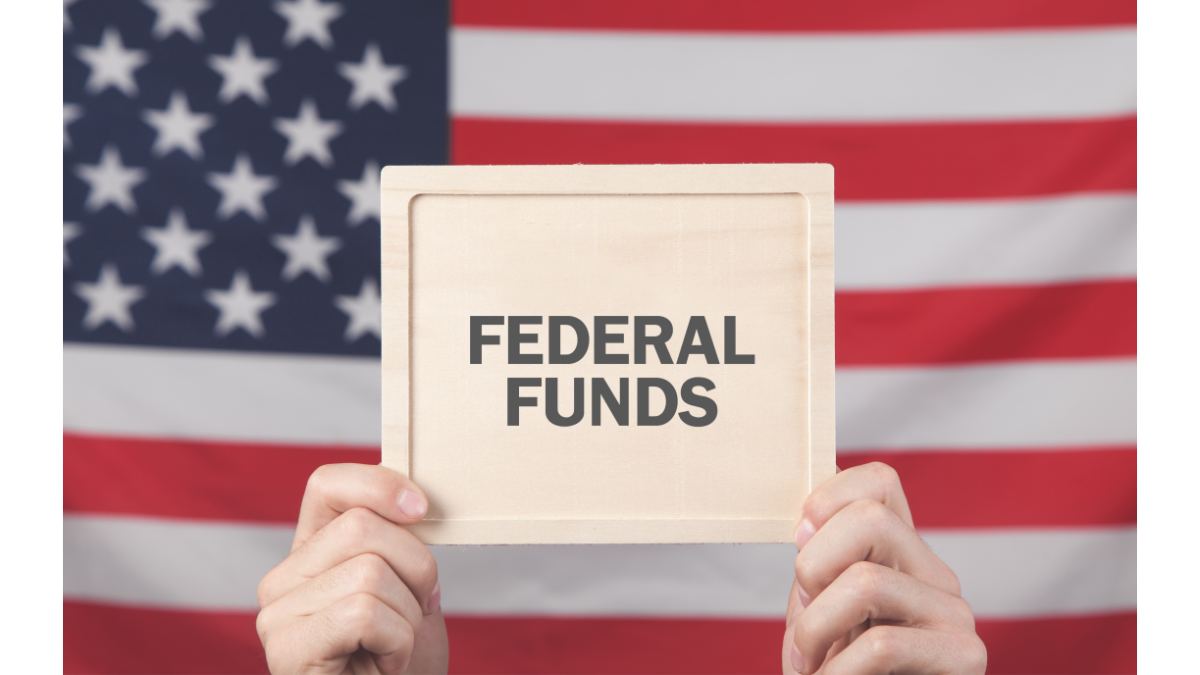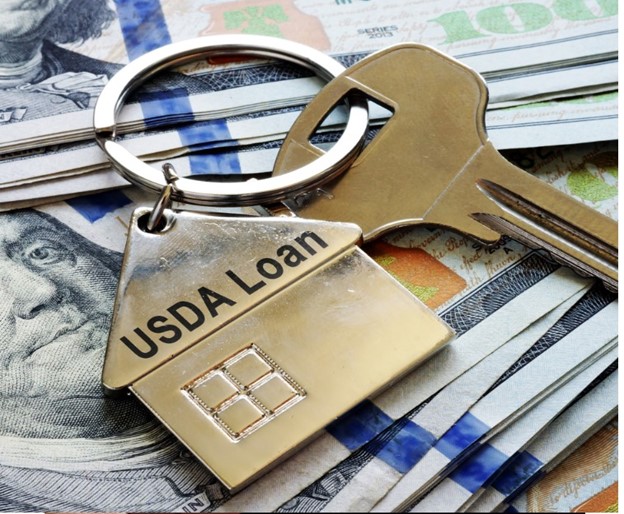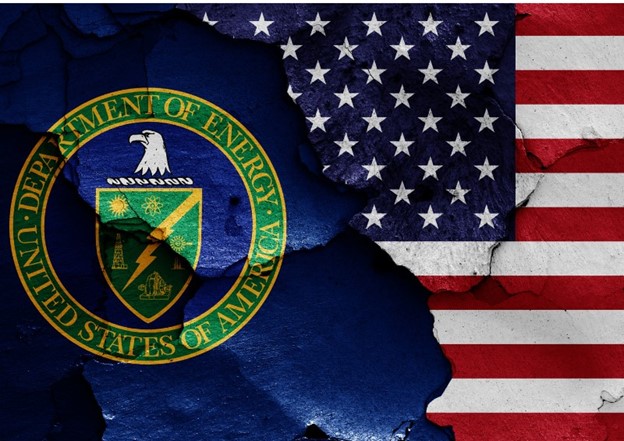Federal Funding for Your Commercial Scale Bioeconomy Project
By Bill Hagy, Project Director, LEC Partners (Lee Enterprises Consulting)
Things to Know
There are numerous federal funding resources available to support commercial-scale bioeconomy projects. The following items should be considered when identifying federal funding resource(s) available for potential project funding:
- Some programs are restricted to small businesses.
- Some programs are restricted to rural areas.
- Some programs have maximum limitations on funding amount.
- Some programs support only commercially available projects.
- Some programs only support new innovative or commercial projects with significant new innovative technology.
- Federal Department/Agencies priority areas
USDA PROGRAMS
Certain USDA Loan Guarantee Programs require the facility to be located in a rural area. Rural and rural area mean any area of a State not in a city or town that has a population of more than 50,000 inhabitants according to the latest decennial census of the United States and not in the urbanized area contiguous and adjacent to a city or town that has a population of more than 50,000 inhabitants. USDA has developed a search tool to determine if a project location is located in a rural area. A determination will be made by inserting the street address of the facility’s location.[1]
Certain USDA Loan Guarantee Programs require the business to be considered a “small business.” To determine if a business is considered a “small business,” the size of the business based on the number of applicant employees is usually the basis for the determination. The North American Industry Classification System (NAICS) system is used to qualify a business as a “small business.” The specific NAICS code assigned is determined based on the NAICS Industry Description.[2]
The state of the system’s technology can determine which of the USDA-funded program(s) the project will qualify for.
Some USDA Loan Guarantee programs require the project’s system to be “commercially available”.[3]
The USDA definition of “commercially available” is as follows:
I. A domestic or foreign system that:
a. Has both a proven and reliable operating history and proven performance data for at least one year specific to the use and operation to the proposed application.
b. Is based on established design and installation procedures and practices and is replicable.
c. Has professional service providers, trades, large construction equipment providers, and labor who are familiar with installation procedures and practices.
d. Has proprietary and balanced system equipment and spare parts that are readily available.
e. Service that is readily available to maintain and operate the system properly.
f. Has an existing established warranty that is valid in the United States for major parts and labor.
-OR-
II. A domestic or foreign system that has been certified by a recognized industry organization whose certification standards are acceptable to the Agency.
Other USDA Loan Guarantee Programs support both “commercially available” and “new innovative technology” systems.
The USDA definition of “Technologically New” is as follows:
“New or significantly improved equipment, process or production method to deliver a product, or adoption of equipment, process or production method to deliver a new or significantly improved product, of which the first Commercial-Scale use in the United States is within the last five years and is used in not more than three Commercial-Scale facilities in the United States.”[4]
USDA Biorefinery, Renewable Chemicals, and Biobased Product Manufacturing Assistance Loan Guarantee Program (Section 9003) are authorized for the development, construction, and Retrofitting of Commercial-Scale Biorefineries and Biobased Product Manufacturing Facilities using eligible “Commercially Available” or “New Technology.” Maximum loan guarantee amount: $250 million.[5]
USDA defines a biorefinery as “a facility (including equipment and processes) that converts renewable biomass or an intermediate ingredient or feedstock of renewable biomass into any one or more, or a combination, of biofuels, renewable chemicals, or biobased products, and may produce electricity.”
USDA Rural Energy for America (REAP) Loan Guarantee and Grant Program provides guaranteed loan financing and grant funding to rural small businesses utilizing “commercially available” technology for renewable energy systems or to make energy efficiency improvements. Maximum loan guarantee amount: $25 million.[6]
USDA Business and Industry (B&I) Loan Guarantee Program provides loan-guarantee financing for businesses utilizing “commercially available” technology systems located in rural areas. There is no restriction on the size of the business. Maximum loan guarantee amount: $25 million.[7]
NOTE: A combined application can be made if the project meets all eligibility requirements for both the B&I and REAP loan guarantee programs. The maximum combined loan guarantee amount is $50 million.
USDA Rural Economic Development Loan and Grant (REDLG) Programs provide funding to rural projects through local utility organizations. Under the REDL program, USDA provides zero-interest loans to local utilities. In turn, the utilities pass the loans through to local businesses (“ultimate recipients”) for use in projects that create and keep employment in rural areas. Ultimate recipients repay the lending utility directly, and the utility is then responsible for repaying USDA Rural Development. Under the REDG program, local utility organizations use USDA-awarded grants to establish revolving loan funds (RLFs), which help support projects that create or keep rural jobs. When the RLF is exhausted or ends, the grant is repaid to USDA Rural Development. Intermediaries can use REDLG funds to lend for projects in rural areas or towns with populations of 50,000 or fewer. Maximum grant: $300,00 and Maximum Loan: $2 million.[8]
USDA Food Supply Chain Guaranteed Loan Program (FSCGL) provides funding for projects for the start-up or expansion of activities in the middle of the food supply chain, particularly the aggregation, processing, manufacturing, storage, transportation, wholesaling, or distribution of food, to increase capacity and help create a more resilient, diverse, and secure U.S. food supply chain. Projects can be located in rural or urban areas. Maximum loan guarantee amount: $40 million.[9]
USDA has identified key priorities that must be addressed in any application being submitted for funding consideration:
USDA Rural Development Key Priorities:[10]
USDA Rural Development has identified three key priorities that will provide a pathway to facilitate economic growth for all rural Americans and is encouraging Applicants to consider projects that will advance the following three key priorities:
- Addressing Climate Change and Environmental Justice—Reducing climate pollution and increasing resilience to the impacts of climate change through economic support to rural communities.
- Advancing Racial Justice, Place-Based Equity, and Opportunity—Ensuring all rural residents have equitable access to RD programs and benefits from RD-funded projects.
- Creating More and Better Market Opportunities—Assisting rural communities recover economically through more and better market opportunities and through improved infrastructure.
USDA requires all applications to contain documentation supporting these Key Priorities.
DOE PROGRAMS
Some DOE Loan Guarantee Programs support projects that employ “New or Significantly Improved Technology” or “Commercially Proven projects that include new integrated technology components” in service in the United States. Other Title 17 programs are not restricted to innovative technology systems.[11]
“New or Significantly Improved Technology” means a technology, or a defined suite of technologies, concerned with the production, consumption, or transportation of energy that is not a Commercial Technology and that has either:
- Only recently been developed, discovered, or learned; or
- Involves or constitutes one or more meaningful and important improvements in productivity or value, in comparison to Commercial Technologies in use in the United States.
“Commercial Technology” means a technology in general use in the commercial marketplace in the United States. A technology is in general use if it is being used in three or more facilities in commercial operation in the United States for the same general purpose as the proposed project and has been used in each such facility for at least five years. The five-year period for each facility shall start on the in-service date of the facility employing that particular technology or, in the case of a retrofit of a facility to employ a particular technology, the date the facility resumes commercial operation following completion and testing of the retrofit. For purposes of this definition, facilities that are in commercial operation include projects that have been the recipients of a loan guarantee from DOE.[12]
The DOE Loan Program Office (LPO) has issued Program Guidance for Title 17 Clean Energy Financing Program.[13]
There are 13 technologies eligible for LPO loan guarantees. Some of these technologies support bioeconomy projects.[14]
Flexible financing is available for projects qualifying under four categories:
- Innovative Energy (IE); Section 1703 projects deploy qualifying New or Significantly Improved Technology that is technically proven but not widely commercialized in the United States.
- Innovative Supply Chain (ISC) Section 1703 projects that manufacture products with a 1703 Eligible Technology (see Box 1) end use, including products or components relating to industrial decarbonization technologies. Projects must either employ a New or Significantly Improved Technology in manufacturing or manufacture a component that represents a New or Significantly Improved Technology.
- State Energy Financing Institution (SEFI; Section 1703) projects support deploying a qualifying clean energy technology and receive meaningful financial support or credit enhancements from an entity within a State agency or financing authority. SEFI projects are not required to employ innovative technology.
- Energy Infrastructure Reinvestment (EIR); Section 1706) projects retool, repower, repurpose, or replace Energy Infrastructure (facilities used for electric generation or transmission, or facilities used for fossil fuel-related production, processing and delivery) that has ceased operations or enable operating Energy Infrastructure to avoid, reduce, utilize, or sequester air pollutants or emissions of greenhouse gases. EIR projects are not required to employ innovative technology.[15]
DOE does not have a minimum size. However, due to the fixed costs associated with application processing, typically, loans are for projects for $100 million or more.[16]
DOE requires Community Benefits Plans (CBPs) as part of the loan guarantee applications.
Through Community Benefits Plans (CBPs), companies take on clean energy projects to work hand in hand with community and labor stakeholders, as well as Tribal and local governments, to thoughtfully improve the well-being of residents and workers and ensure we deliver on the President’s commitment to building the economy from the bottom up and middle out.
Community Benefits Plans are based on a set of four core policy priorities:
- Engaging communities and labor
- Investing in America’s workers through quality job
- Advancing diversity, equity, inclusion, and accessibility through recruitment and training
- Implementing Justice 40, which directs 40% of the overall benefits of certain Federal investments to flow to disadvantaged communities
These key principles, when incorporated comprehensively into project proposals and applications and executed, will help ensure broadly shared prosperity in the clean energy transition.[17]
About the Author:
Bill Hagy has a degree in agriculture engineering from Virginia Tech and retired from the United States Department of Agriculture’s Rural Development after 37.5 years. During his tenure at the US Department of Agriculture, Bill served as Acting Under Secretary for Rural Development and Special Assistant for Renewable Energy to Secretary of Agriculture Tom Vilsack. Bill has an in-depth knowledge of federal programs and provides consulting services to clients to access these programs for various stages of project development, including research and development, demonstration/pre-commercial, and interim and permanent financing of commercial-scale renewable energy and other business projects. Bill has been recognized as one of the Top 100 People in Bioenergy by the Biofuels Digest.
About LEC Partners (formerly Lee Enterprises Consulting):
LEC Partners has over 180 experts who can help you navigate your bioeconomy funding needs. If you need assistance with your bio project(s), please contact us. www-lee-enterprises.com.
Citations:
[1] https://www.rd.usda.gov/resources/directives/instructions
[2] https://www.naics.com/wp-content/uploads/2017/10/SBA_Size_Standards_Table.pdf.
[3] https://www.rd.usda.gov/resources/directives/instructions
[4] https://www.rd.usda.gov/resources/directives/instructions
[5] https://www.rd.usda.gov/sites/default/files/fact-sheet/508_RD_FS_RBS_Biorefinery.pdf.
[6] https://www.rd.usda.gov/sites/default/files/fact-sheet/508_RD_FS_RBS_REAP_RE.pdf.
[7] https://www.rd.usda.gov/programs-services/business-programs/business-industry-loan-guarantees
[8] https://www.rd.usda.gov/sites/default/files/rd_fs_rbs_redl.pdf
[9] https://www.rd.usda.gov/sites/default/files/508_rcbs_foodsupplychainloanguarantee.pdf
[10] https://www.rd.usda.gov/priority-points
[11] https://www.federalregister.gov/documents/2023/05/30/2023-11104/loan-guarantees-for-clean-energy-projects
[12] https://www.federalregister.gov/documents/2023/05/30/2023-11104/loan-guarantees-for-clean-energy-projects
[13] https://www.energy.gov/lpo/articles/program-guidance-title-17-clean-energy-program
[14] https://www.rd.usda.gov/priority-points
[15] https://www.energy.gov/lpo/articles/program-guidance-title-17-clean-energy-program
[16] https://www.energy.gov/lpo/articles/program-guidance-title-17-clean-energy-program
[17] https://www.energy.gov/infrastructure/about-community-benefits-plans
Have some questions?
Not sure where to start?
Let's start a conversation. We're here to help you navigate
the bioeconomy with confidence.





